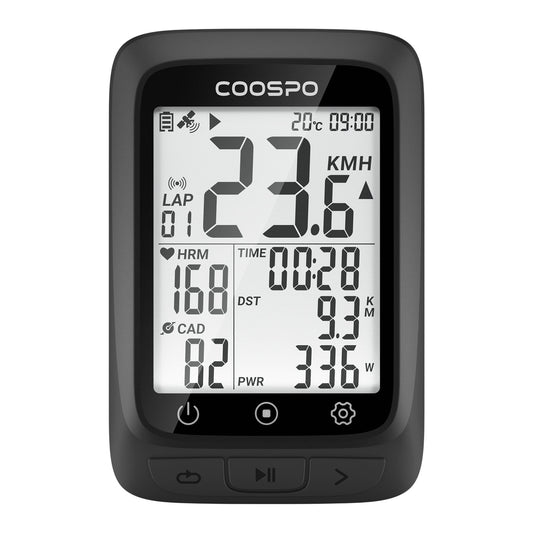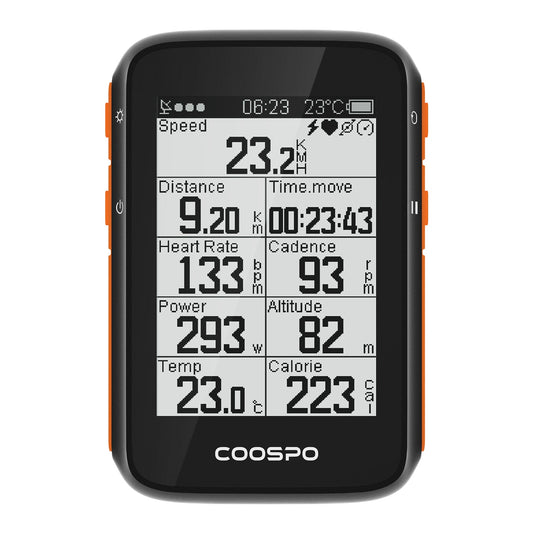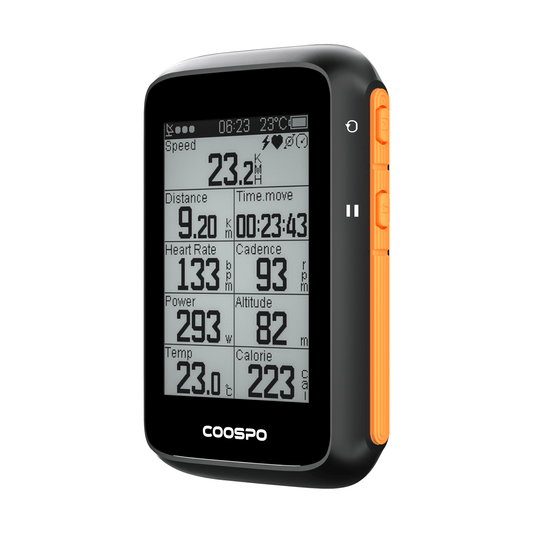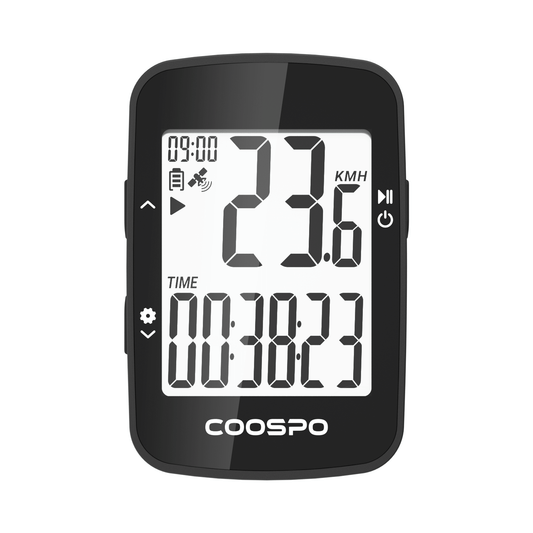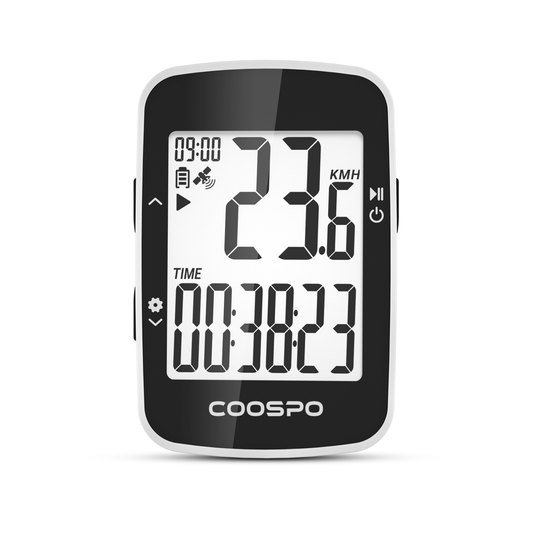What Are the Types of Skills That Make You Fitter?
Skill-Related Fitness Components
In the realm of fitness, one often hears about strength, endurance, and flexibility as the cornerstones of a well-rounded routine. However, another critical aspect of fitness often overlooked is skill-related fitness components.
These components delve into the more nuanced abilities that contribute to overall physical prowess. For example, baseball players need to target all skill-related areas in order to perform at the highest levels. But weightlifters can get away with focusing most of their effort on power, balance, and strength.
From strength to speed, each is important for improving how well you play sports and feel overall.
Power
Power is the ability to exert maximum force in the shortest time possible. It is a crucial component for athletes across various disciplines, from sprinters exploding off the starting line to basketball players propelling themselves for a dunk. In essence, power combines strength and speed to produce explosive movements.

In sports, power athletes are known for their ability to use strong bursts of strength during short, intense activities. They are often found in sports like weightlifting, football, and gymnastics.
Increase your strength and power potential by incorporating a combination of resistance and speed-enhancing exercises into your training regimen. By including plyometric exercises, Olympic lifts, and medicine ball throws in your workout routine, you can effectively enhance your overall power output.
Speed
Speed is the rate at which an individual can perform a movement or cover a distance in a specific period. Whether it's sprinting, cycling, or even reaction time in sports like tennis, speed is a defining factor in athletic success.

When considering the concept of velocity, the first image that may come to mind is a pulse-pounding 100-meter sprint. However, it is important to recognize that the idea of velocity is inherently subjective and can vary depending on the context.
Conversely, for a marathon runner seeking to enhance their performance and achieve a new personal record, the objective may involve lowering their per-mile race pace from 10 minutes to 9.5 minutes—a pace that must be sustained for slightly more than four hours.
The method of speed training will vary depending on the specific sport in which an individual is striving to excel. However, it is universally acknowledged that high-intensity interval training (HIIT) stands out as a highly effective approach to enhancing speed, regardless of the athletic discipline being pursued.
This training plan involves pushing yourself close to your limits for specific intervals, followed by periods of rest. By consistently challenging your aerobic and anaerobic systems, this approach helps improve muscle, heart, and lung function for better overall performance.
Marathon training: Add mile repeats to your routine. This type of training involves running as fast as you can for a mile, then taking a break before doing it again.
Sprint training: Focus on shorter intervals to improve your sprinting. Sprinters should do high-intensity intervals ranging from 40 to 400 meters, pushing themselves hard before resting and repeating.
The duration and level of intensity of the intervals you incorporate into your training regimen will vary accordingly based on the specific demands of your chosen sport.
Agility
Agility means being able to change direction while staying in control and balanced. It's important in sports like soccer, basketball, and tennis where players need to adapt quickly to what's happening around them.
Agility drills typically consist of a series of exercises aimed at improving foot speed and the ability to change direction quickly. Some examples include:
Agility ladder exercises: Use an agility ladder to enhance speed and precision in foot placement.

Cone drills: Arrange cones in a formation resembling a T or star, and engage in drills involving sprinting, sliding, backpedaling, or swiftly changing direction based on the specific cone being approached.
Coordination
The concept of coordination encompasses various aspects such as hand-eye coordination, foot-eye coordination, and overall motor control. It plays a great role in a wide range of activities such as badminton, golf, soccer, basketball, football, racquetball, archery, softball, ultimate Frisbee, and many others.

To improve your coordination, try activities like playing catch, jumping rope, juggling, dribbling a ball, and aiming at targets.
Balance
Balance is the intricate skill allowing an individual to uphold equilibrium and command their body's central point of gravity. This proficiency intricately involves proprioception, the understanding of one's body positioning in relation to space, and the adeptness to fine-tune one's stance as the center of gravity shifts while in motion.
Having a good balance is important for activities like yoga, gymnastics, and surfing. It helps prevent falls and injuries during these activities that require precise movements.

Improving balance is key in many sports and activities, helping to boost performance and prevent injuries. Trail runners, in particular, can greatly improve their stability by including balance training in their routine. This will reduce the chances of tripping over obstacles like roots or slick surfaces, lowering the risk of injury.
Exercises such as standing on one leg, using a stability ball, and doing yoga poses can help you become more balanced.
Reaction Time
Reaction time is the ability to respond quickly to a stimulus. It is crucial in sports where split-second decisions can mean the difference between victory and defeat. Think about a tennis match for a moment: The best competitors react almost instantaneously when the ball comes off their opponent's racquet, sprinting toward the location where they expect the ball to bounce.
Your reaction time is how quickly your mind and body work together after seeing something. Your eyes see something, your brain processes it, and then tells your body how to respond.
Playing sports like softball, baseball, soccer, hockey, table tennis, or hacky sack can make you react faster.

If you're an athlete aiming for top performance or just someone who loves fitness and wants to push themselves, improving skills can take your fitness journey to the next level.
When you're working on improving your skills through fitness training, it's important to monitor your heart rate. A reliable heart rate monitor, such as the Coospo heart rate monitor, can give you real-time information on how hard you're working. This data can help you adjust your workouts to get the best results and reach your fitness goals more effectively.




